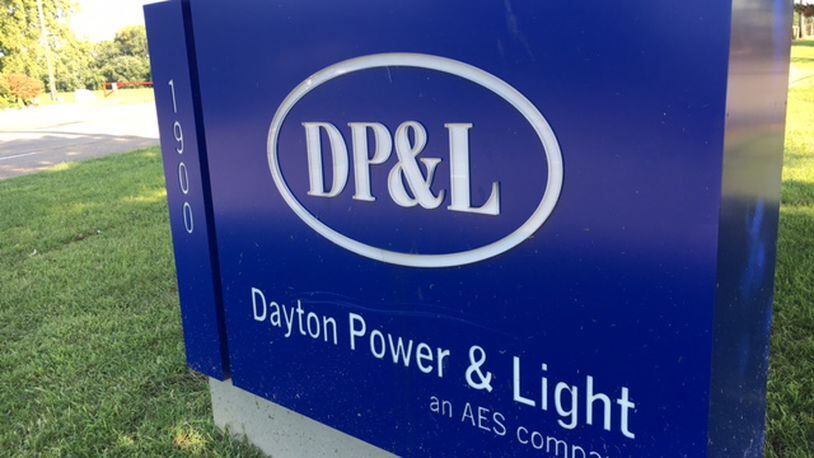Rep. Niraj Antani, R-Miami Twp. said Tuesday that DP&L representatives have approached legislators, asking them to consider the language.
DP&L would like to have this amendment added in the coming weeks of the Ohio General Assembly, which is a post-election “lame duck session,” Antani said.
RELATED: Citing 'financial threats,' DP&L seeks new charges.
Antani said consumers do not want rates to go up, but at the same time, “We have to keep the lights on.”
“Their financial integrity truly is at stake,” Antani said of DP&L.
A DP&L spokeswoman confirmed that the company is pursuing such an amendment.
“It’s just one of those tools that the PUCO has when they address ESP (electric security plan) cases,” said DP&L spokeswoman Mary Ann Kabel. “As you know, the PUCO has a very, very rigorous process. It would have to pass the scrutiny of the PUCO, the (case) intervenors, the hearing process. There are a lot of checks and balances along the way.”
Ryan Augsburger, vice president and managing director, public policy services, for the Ohio Manufacturers’ Association, said such legislative language would “effectively (insure) utility companies from business risk with customer dollars.”
“Ratepayers should not be the unwilling guarantor of a utility’s every business decision,” said Todd Snitchler, a former PUCO chairman and a principal for Vorys Advisors, a subsidiary of a Columbus law firm.
RELATED: Manufacturers group wary of DP&L charges.
In June, the Ohio Supreme Court reversed a PUCO decision that allowed DP&L to charge customers extra in its own “electric security plan.”
“I think that the Supreme Court really overreached here,” Antani said. “I think that PUCO should be able to set reasonable rates.”
“Look, I don’t want to see anybody’s electric rates go up,” he added. “That’s not what I want. But that said, we have to be able to keep DP&L, their financial integrity, solid.”
The Ohio Supreme Court’s ruling saved local consumers $80 million they would have paid the utility this year, the Ohio Consumers’ Counsel said in June.
In recent weeks, DP&L has applied to the PUCO for a new “distribution and modernization” rider — or additional charge — to customers’ bills, citing “significant threats to its financial integrity.”
A message seeking comment was left with the office of State Sen. Bill Seitz, R-Cincinnati, chairman of the Senate Public Utilities Committee.
Matt Schilling, a spokesman for PUCO, said PUCO is aware of DP&L’s efforts, but the commission does not comment on pending legislation.
Some electric utilities are facing a challenging time. Natural gas has been less expensive than coal in recent years, making coal-fired power generation facilities more expensive to operate. Many coal plants are older, which can make them less efficient.
Wallace Tyner, professor of agricultural economics at Purdue University, said coal is also more expensive under the federal government’s Clean Power Plan, which the Obama administration has proposed but has been held up in courts.
“That plan requires utilities to reduce substantially the use of coal,” Tyner said. “You can’t meet the emission requirements with coal.”
Coal has recently gone down in cost compared to natural gas, Tyner said. But coal still has “huge environmental issues,” Tyner said.
Building a new coal-powered plant today would be “problematic for a number of reasons,” he said.
“Utilities are switching out,” Tyner said. “Today, there are hardly any new coal plants coming on because the capital costs are so high.”
DP&L co-owns with other utilities five plants that are coal-fired. About two-third of its power generation is coal-fired and a third is natural gas-generated, DP&L President and Chief Executive Tom Raga told the Dayton Daily News in February.
About the Author
